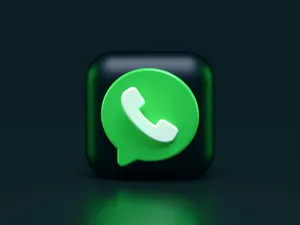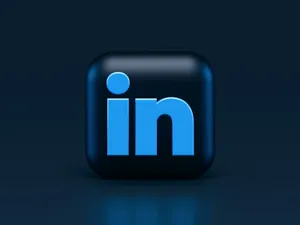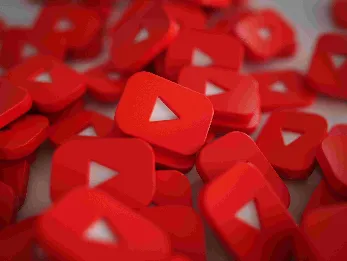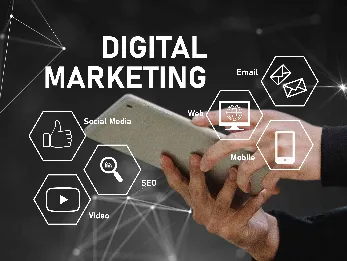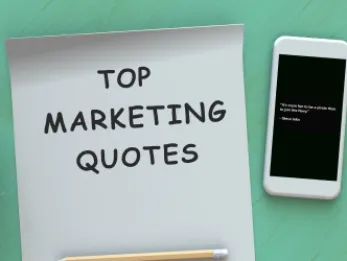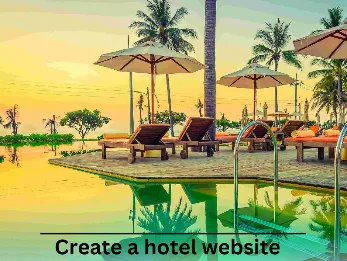10 Game-Changing Lessons from Our Webinar on Effective LinkedIn Usage for B2B Marketing
7 mins | 22 Jul 2025
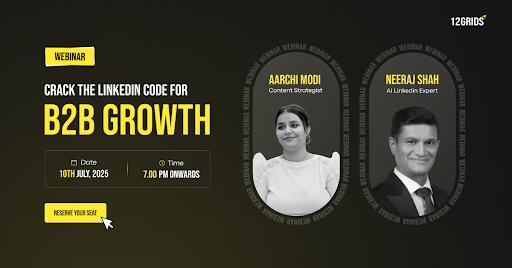
At 12Grids, we recently hosted a power-packed webinar titled "Effective Usage of LinkedIn for B2B Marketing", where marketers, founders, and sales professionals joined us to unlock LinkedIn’s true potential beyond just profile updates and connection requests.
From thought leadership to lead generation, this platform has matured into a goldmine for B2B growth. But are most businesses using it to its full potential? Not quite.
So, if you missed the session or just need a quick refresher, here are the 10 most powerful lessons shared during the webinar that can truly elevate your LinkedIn game in the B2B world:
1. Your Company Page Is Not Just a Formality—It’s Your Digital Sales Rep
Think of your company page as your first impression. A bland or incomplete company page often signals disinterest or inconsistency—something no B2B buyer wants.
Key Takeaways:
- Keep your banner image relevant (show what you do, not just your logo).
- Write a crisp, benefit-driven description—not a boring mission statement.
- Use keywords naturally in the "About" section for better discoverability.
- Pin high-performing posts or customer case studies to keep them visible.
2. Personal Profiles Drive More Engagement Than Company Pages—Leverage That
People connect with people. Our speakers emphasized that B2B marketing success often rides on the back of personal branding.
What Works:
- Make your LinkedIn headline more than just your job title—speak to your value proposition.
- Post original insights, not just shares and reshares.
- Use storytelling to share challenges, client wins, or behind-the-scenes efforts.
3. Thought Leadership Isn’t Reserved for CEOs—It’s a Content Strategy
Building trust is central to B2B marketing, and LinkedIn is the perfect place for it. You don’t need 50,000 followers—you need relevance and consistency.
Ideas Shared During the Webinar:
- Weekly “insight drops” on industry trends.
- Debunking common myths or outdated practices.
- Commentary on big market moves or competitor strategies.
- Collaborations and video discussions with clients.
4. Content Calendar > Random Posting
Many attendees admitted to ad-hoc posting—and that’s where most go wrong. Like any marketing channel, LinkedIn needs structure.
Suggested Framework from the Webinar:
- Monday: Educational content (how-tos, industry facts)
- Wednesday: Human stories (employee features, founder insights)
- Friday: Soft-sell posts (case studies, product features)
Recommended Tools: Buffer, Hootsuite, or Notion for scheduling and planning.
5. Use LinkedIn Events to Host Micro-Webinars & Product Demos
Don’t just promote webinars on LinkedIn—host them on LinkedIn. The platform has its own native events tool, and it’s criminally underused by B2B marketers.
Why It Works:
- Your event appears in your network’s feed.
- You can invite connections directly.
- Registrations are frictionless, especially via LinkedIn Live.
6. InMail Campaigns Work Better with Warm-Up Content First
If you're running LinkedIn Ads or Sales Navigator campaigns with cold InMails, you’re burning cash without context.
Insights Shared:
- Target prospects with content-first campaigns.
- Use video or carousel ads to explain your solution.
- Once the audience has seen your brand 2-3 times, run InMail sequences.
7. LinkedIn Polls Are Not Just Engagement Bait—They’re Market Research Tools
It’s true, polls get disproportionate reach—but they’re also goldmines for insights.
Use Them To:
- Validate a new product idea.
- Understand buying behaviors.
- Spark topical debates in your niche.
8. Social Selling = Listening + Helping (Not Pitching)
Sales reps often jump into DMs with pitch decks. Instead, our panelists suggested a social selling flow:
- Engage with the prospect’s content meaningfully.
- Send a personalized connection request.
- Start conversations around their challenges, not your product.
- Offer helpful resources or introduce them to relevant content.
9. Employee Advocacy Is the Sleeping Giant
Your employees are your biggest untapped LinkedIn asset. One of the most discussed topics in the webinar was how to turn your team into micro-influencers.
Framework Shared:
- Run a short 30-minute training on how to use LinkedIn.
- Create a monthly “content kit” with posts they can personalize.
- Celebrate team members who actively contribute.
10. Track What Works—And Double Down
Last but not least, don’t fly blind. Analytics is where the magic happens.
Metrics That Matter:
- Engagement rate per post (likes + comments ÷ impressions)
- Follower growth month-on-month
- Click-through rates on links
- Conversion rate from LinkedIn to your website or landing page
Final Thoughts
LinkedIn is no longer a passive professional network—it’s a living, breathing ecosystem for B2B growth. If used with intent, structure, and a dash of authenticity, it can outshine any other organic channel.
The 12Grids Webinar was a reminder that success on LinkedIn doesn’t come from gimmicks or viral hacks—it’s built on clarity of purpose, real conversations, and consistency.
Missed the webinar? We’ve got your back—drop us a message, and we’ll send over the session recording and slides.
Author

